In the September issue of this newsletter I wrote:
Friday is often a YALP night. What is YALP you ask, its short for "Yet Another LEV Potluck”. They happen often, sometimes without a reason, it’s a way for community to come together and eat Quinoa.
In any case, if it’s not yet clear, I hate potlucks. We get together, we gobble the Quinoa, we have small talk, sometimes there is music, kids are usually running around, it all feels quite “lively” and “communal”, but afterwards I still have the “well I’m glad thats over!” feeling. I suppose much like surfing, there are probably minutes of the potluck that are quite enjoyable.
And while I stand by every word, I must confess that this Thursday, I’ve attended a potluck that felt different. In fact, I didn’t want to leave the potluck, long after it was over. So let’s dive in and see if we can deduce what makes for a successful Potluck.
Raison D'être: Finding Purpose
Let’s start with a biggie - why are we doing this? We’ve gathered, we’re eating - why? There must be some other, hopefully deeper reason beyond hunger / there is nothing else to do / we want to hang out. In this particular case it was Thanksgiving, a great American holiday with “gratitude” as its central theme, celebrated mainly in Family settings in America. Most of our extended families are else where and because we are in the “alternative culture central”, we chose to celebrated “Friendsgiving” - a relatively modern Thanksgiving alternative, with gratitude as the central theme, but with a stronger focus on friends. Also, perhaps less intentional but the deviation away from Thanksgiving is due to the holiday itself having a big shadow component. Piligrims from England came, indigenous people called Wampanoag helped them survive and taught them agricultural practices, after a first successful harvest a joint feast was held which is the origin of Thanksgiving and then the story gets ugly. Spoiler alert: the English killed many, kicked out the rest, almost wiping out the entire Wampanoag people. In fact today the remaining Wampanoag people as well as many indigenous tribes celebrate The National Day of Mourning on this day. We don’t need to feel guilty about it, but its important to acknowledge and be aware of the complex history of colonization.
But back to our Potluck - Friendsgiving and the theme of gratitude was the reason we’ve gathered. Also, the school was closed and there is only so many activities a family can come up with before needing to “get out”.
Creating a Shared Container
Almost every potluck I’ve attended had a nominal start time and then 1-2 hours during which people slowly showed up, grabbing food as they came resulting in everyone being on somewhat different “timeline” and an overall chaotic feeling of the whole event.
Ritual in many traditions serves different functions, but one function is to bring everyone into the same space and to synchronize our energies and timelines on a single point creating a common container. Taking a moment to stop whatever we’re doing and come together as a group, have a moment of silence and reflect on why we came here. It doesn’t take much, just a short pause, a hand-holding circle with a few words followed by “And now we can eat”, puts everyone into the same energy field, one that is created collectively, resulting in a more flow for the rest of the gathering.
The balance here is crucial, we could’ve gone around the full circle asking everyone to share what they’re grateful for, resulting in cold dishes and unnecessary prolonged hunger. I’m grateful, we didn’t do that.
There are easy ways to create containers in these events, a short prayer, an intention, a pause, few deep breaths together, acknowledging everyone’s presence, a moment of gratitude. Any and all of these things will set the flow for the rest of the event.
Effort vs. Outcome: The Potluck Paradox
One thing I noticed is often potlucks tend to degrade in quality over time. What I mean is the amount of effort people put in goes down and that is visible in the quality and complexity of the food as well as the attitude. Someone calls a potluck because one hasn’t happened in a while, the ask is to just bring a dish, many like the idea of socializing, but not the food preparation so much, some effort is put into the dish preparation and then people show-up. It’s fine, pretty good actually, but not great.
This one was different. Cristy and Danny who organized the event were posting menu assignments at least a week in advance, allowing the group to self-organize and ensure the right amount of salads vs meats vs desserts is present, transparency also encouraged people to try harder - “ooh, she’s doing a whole Turkey! I guess that quinoa is not gonna cut it”.
The other consistently “surprising” thing is the fact that people like tasty alcoholic cocktails! In general we like to pretend that none of us drink much, that we are enlightened beings who don’t need an artificial social lubricant to feel at ease. Yet the data keeps proving otherwise, after the initial awkward moment of “wow, someone made a drink…”, the cardamom infused bourbon with ginger syrup and fresh lemon ran out as quickly as a bunch of kids gobbling up chocolate cake. Thanks Zach!
In addition to food and drink there were board games for kids and adults and even an arts and crafts table, each table was decorated to make the space feel festive - again, little things that engage our kids go a long way as it allows adults to relax and have a conversation.
People Density: Space and Flow
This is an underrated metric that I think plays a crucial role for any social gathering. Pack too many people into a small space and it starts to feel like a New York City bar, with everyone talking over each other making it impossible to carry a conversation, or move through space. Bring 10 people to a stadium and suddenly its the most unpopular event with only us “losers” showing up. There is a probably a golden ratio of people per square meter that is “just right”. Most potlucks tend to be on the denser side, this one was on the lighter side due to the huge space of the ESM Roof, but it felt nice to be able to talk and to have plenty of room for kids to run around.
The Role of Physical Activity
Rudolf Steiner put a lot of emphasis in his philosophy on physical activities, highlighting that the shared experiences, in particularly those that involve physical movement, create a deeper social bond among participants. We can easily observe this in our own communal life with LEV Morning Workouts, Surfing, Boxing, Yoga, Ecstatic Dances and Sunday Volleyball being very popular and frequented activities.
And speaking of Sunday Volleyball, if you’re feeling sour about not being included in the ‘Real Volleyball Players’ group. Or the “Guys, the ‘Real Volleyball Players’ group still has some noobs, so this is the ‘True Real Volleyball Players’ group”, do not worry, I am making a “Guys, I know you didn’t get into either of the two ‘real’ volleyball players groups, so here is ‘Unrecognized Volleyball Players’ group, we’re hiring a pro coach, with the eventual goal of beating both of those “real” players groups. It’s on! My new group is invite only of course, if you didn’t get invited, may be you’re not a real volleyball player after all.
Back to our Potlucks - in all fairness there is not much physical activity that takes place during potlucks. The potluck is more of a sit down and eat kind of thing. In an ideal world we would first harvest the food together, then process and cook it together and perhaps we can experiment with that in some form in future. In this one though, the universe sent us a physical challenge. At the end of event, when everyone was leaving and it was dark and rainy, one of the trucks fell into a deep pothole by the bridge resulting in this:
I’m not saying we should drive trucks into the ditches at every Potluck, but there is something to be said for a “common enemy”, allowing us to get together and physically overcome it, justifying all the food we ate prior, whose weight was now crucial in getting the truck out (and yes, we did get it out!).
Alright, reductionist PCA time!
And your weekly cartoon…




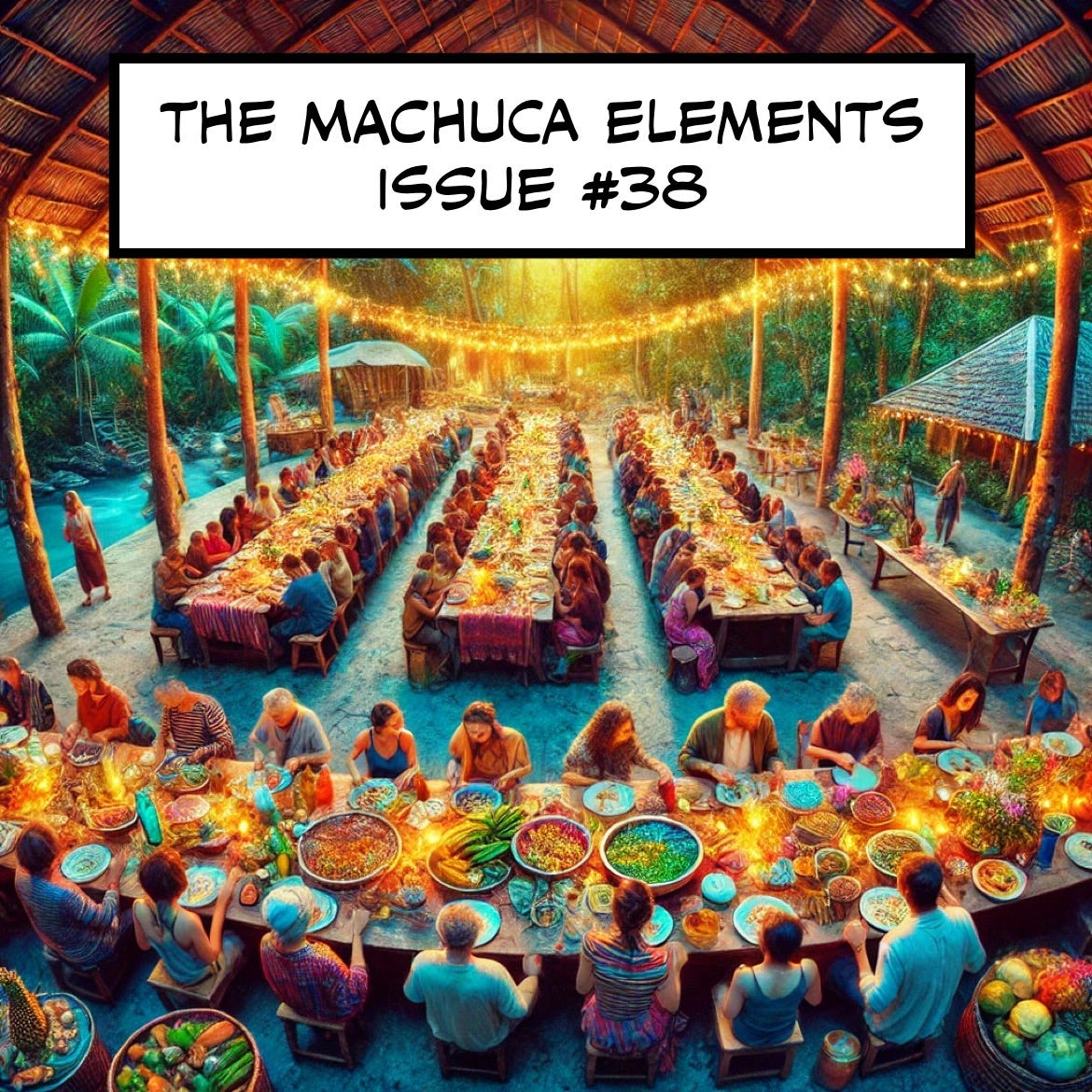
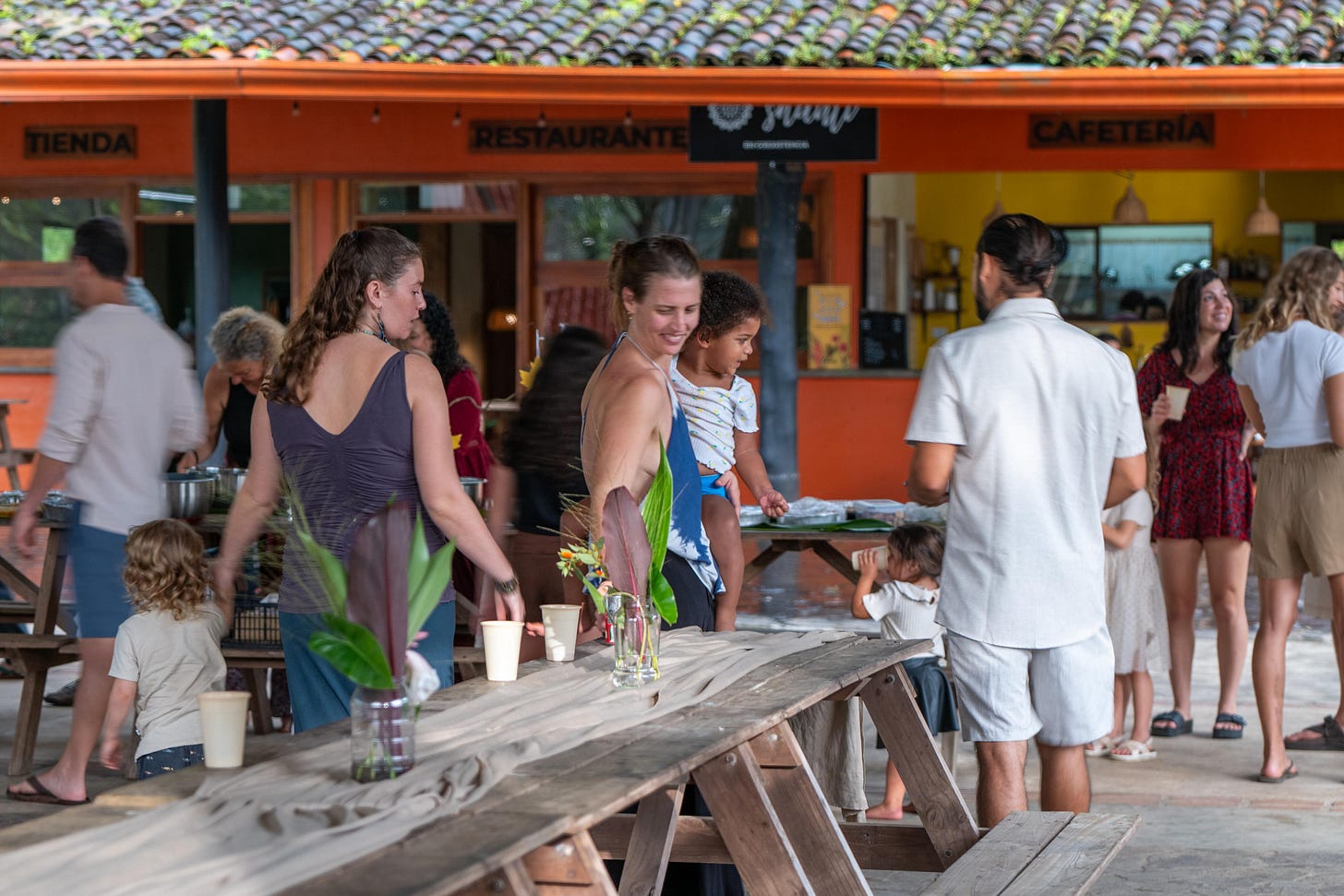
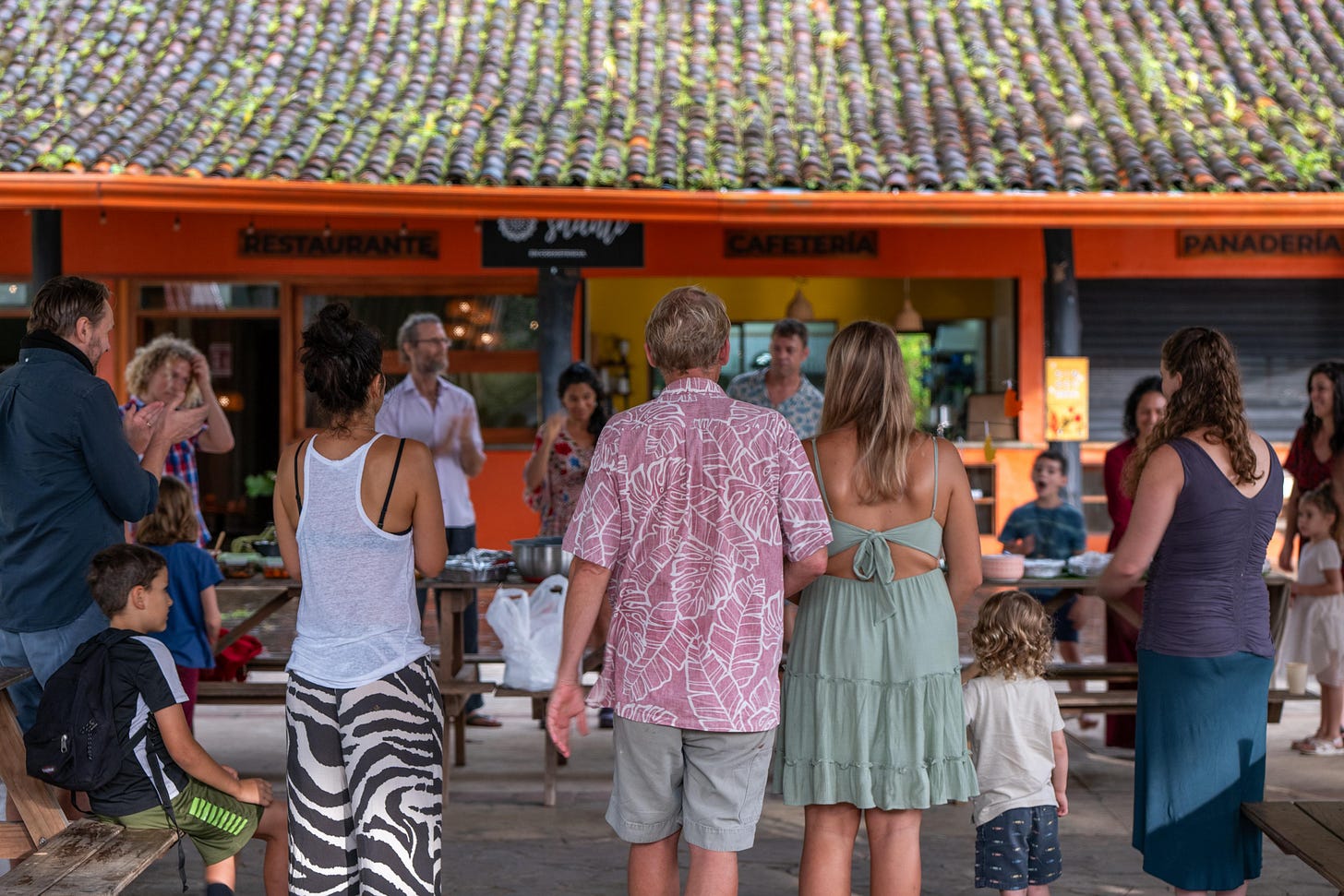
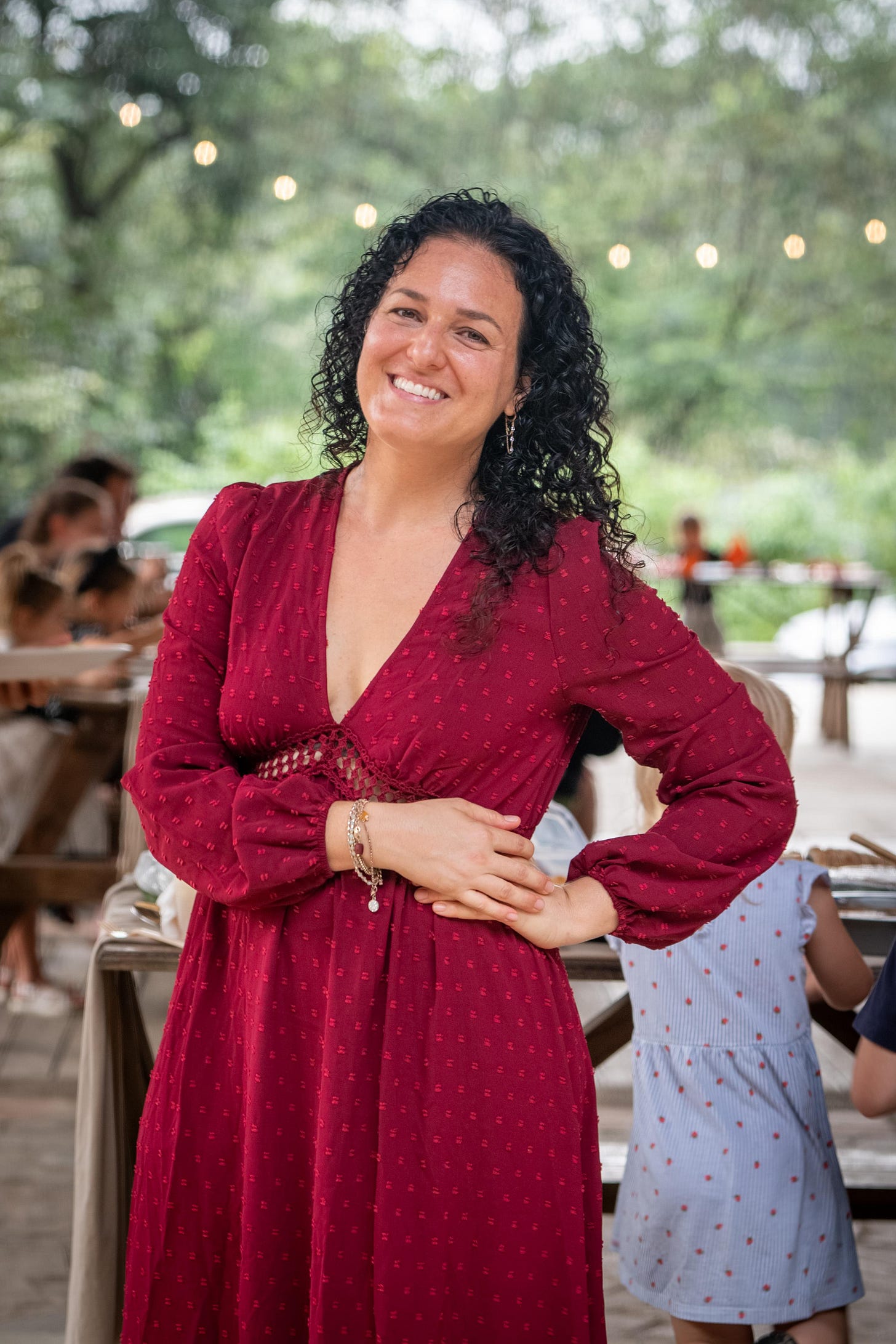
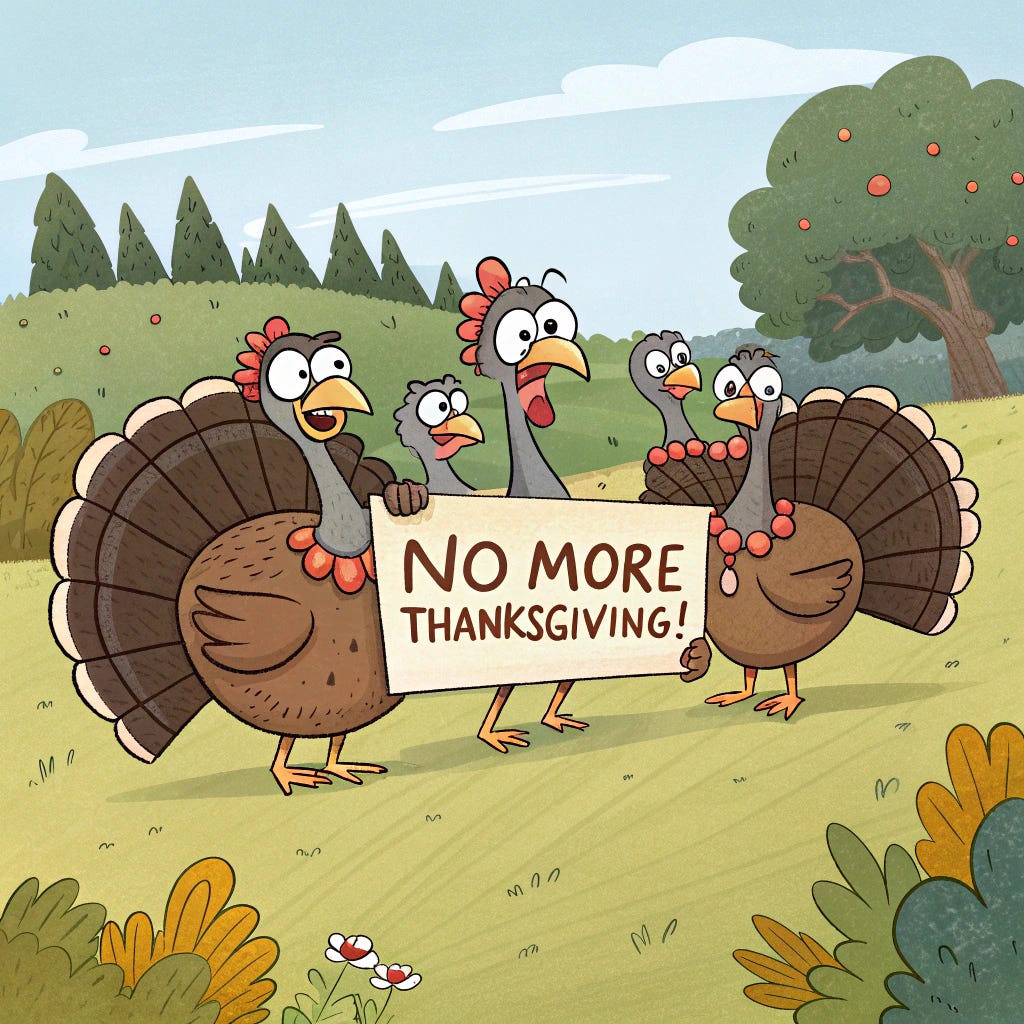
I can't wait to potluck with y'all. This method of organizing the meal plan ahead and giving people autonomy to choose what they bring within the plan is what I have done for the past decade, and it has always worked great! It also helps to include non-food prep options and "tasks" for people who want to participate but are intimidated by food preparation. (e.g. people can volunteer for setup/decoration and cleanup tasks if they are not going to bring food.)
Thanks for sharing your sharp observations and honest writing Anton! It’s so heartwarming and super inspiring 🙏 You’re doing such an amazing job by issuing this weekly newsletter. So very precious 💎Gracias amigo 😘